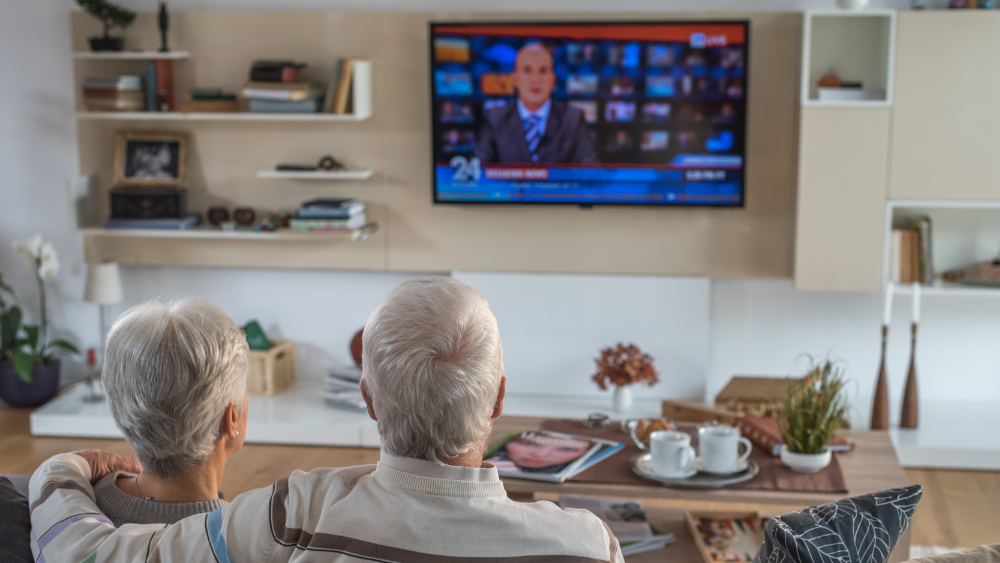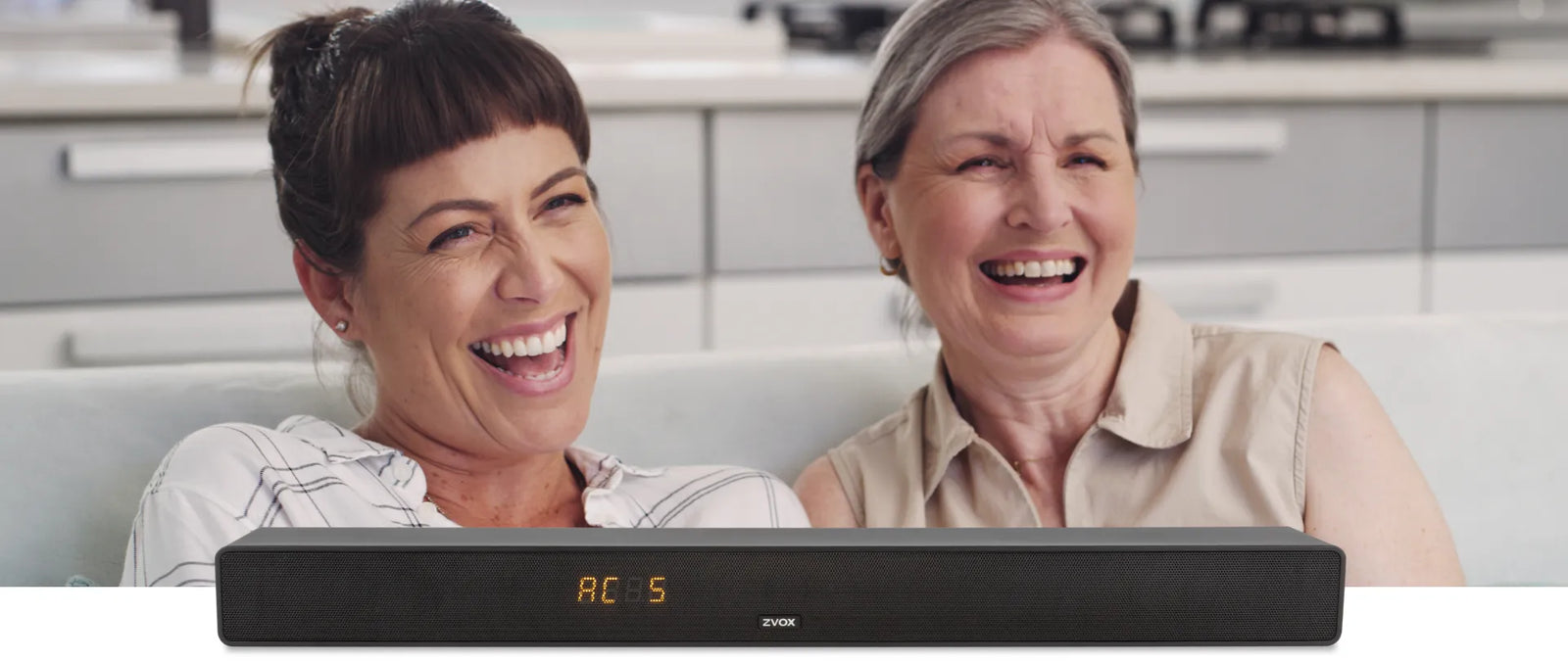Even People With Great Hearing Are Turning Them On—Here's Why
If you’ve found yourself automatically turning on subtitles before watching your favorite show, you’re in good company. Subtitles, once primarily used for accessibility, have now become a default for viewers of all ages—especially younger ones.
In fact, recent surveys and studies suggest the problem isn’t your ears—in many cases it’s your TV, and the audio mixing process of the shows and movies that you’re watching
The Rise of the Subtitled Generation
According to a 2023 study by language learning platform Preply, 66% of Americans use subtitles at least occasionally, and more than half say they use them “most of the time.” Surprisingly, the biggest fans of subtitles aren’t seniors—they’re Gen Z.
According to research cited by the BBC, viewers aged 18–25 are nearly four times more likely than those aged 56–75 to regularly use subtitles, based on a study by Stagetext and Sapio Research. That’s right—young people with healthy hearing are turning to subtitles in droves, not because they need them medically, but because they simply can’t hear what’s being said.
Why Can’t We Hear TV Dialogue Anymore?
There are a couple of major reasons dialogue has gotten harder to understand, and neither of them have to do with your ears.
Poor TV Sound
Today’s flat-screen TVs have amazing image resolution—but terrible sound fidelity. Ultra-thin designs leave no room for proper speakers. Most use small, rear- and/or downward-firing drivers that bounce sound off walls and surfaces, making speech feel distant, dull, and muffled.
Audio Mixing
As a 2022 piece in The A.V. Club explains, TV and film audio has evolved in a way that often deprioritizes spoken words in favor of immersive sound design.
Modern shows are mixed for cinema-quality surround systems—but most people are watching on small TVs, laptops, or phones, where dialogue gets buried beneath music, explosions, or ambient noise.
A BBC report confirms the trend, citing interviews with audio professionals who note that whispered performances, background music, and inconsistent volume levels in streaming content all contribute to the problem. “If I can’t hear the dialogue, I switch on the subtitles,” admitted one audio engineer quoted in the article.
It’s not just streaming, either. Foreign accents, fast-paced scripts, and cinematic editing have all made it tougher to catch every word.
Subtitles: A Useful Crutch, But Not a Perfect Fix
While subtitles help, they come with downsides: they divide your attention, spoil jokes, and sometimes distract from beautiful visuals or performances. Watching a tense moment unfold onscreen just doesn’t hit the same when you’ve already read the dialogue.
So why do we keep them on?
Because we want to keep up—and because we assume we don’t have a better option.
There Is a Better Option: ZVOX AccuVoice® Technology
Rather than reading every scene, many viewers are discovering a simpler fix: dialogue clarifying speakers. That’s where ZVOX comes in.
ZVOX TV speakers and soundbars feature AccuVoice® technology, which uses advanced digital algorithms to enhance and clarify dialogue. Rather than make everything louder (which defeats the purpose of trying to hear the dialogue), . AccuVoice® speakers isolate voices and lift them above background noise, so you can hear every word clearly, even at low volumes.
Why It Works for Younger Viewers Too:
-
Fixes muddled audio on streaming services
Hear your favorite shows without relying on subtitles—even when the mixing is bad. -
Ideal for apartments, dorms, and shared spaces
Get clear sound without blasting the volume and waking your neighbors. -
Multitasking made easier
Whether you’re checking your phone or cooking dinner, you can follow what’s happening on screen without needing to read every line. -
Makes a smart, practical gift
Know a recent grad or someone moving into a new space? An AccuVoice® speaker might be the upgrade they never knew they needed.
Subtitles Should Be a Choice—Not a Necessity
If you’ve been wondering why dialogue sounds worse and subtitles are always on, now you know: the issues are rooted in how TV’s are made, and how content is produced and consumed today.
But the solution doesn’t have to be reading every scene. With a ZVOX speaker, you can finally hear what you’ve been missing—and turn those subtitles off (unless you want them on, of course).
Explore AccuVoice® TV Speakers Today






